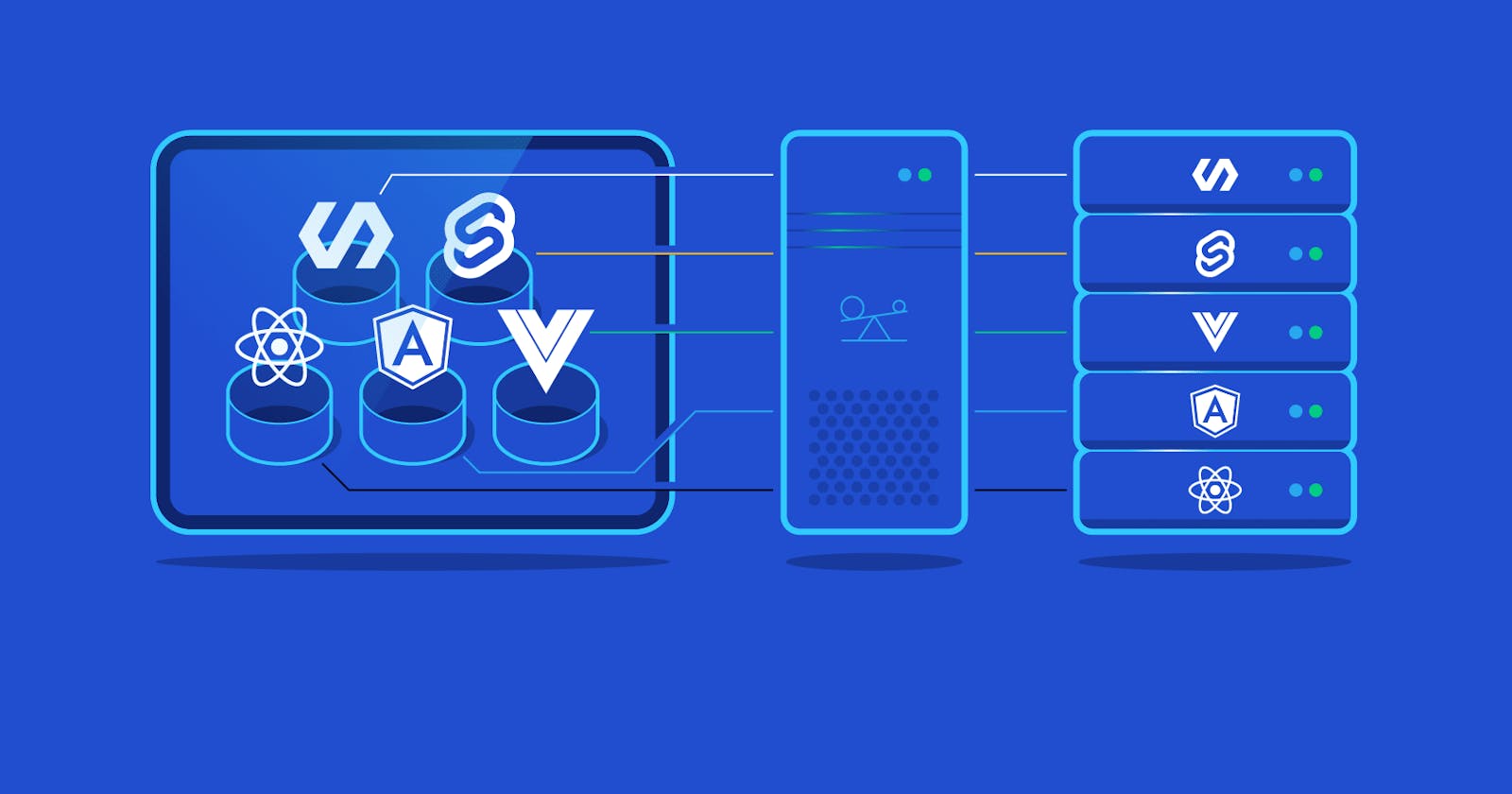Building and maintaining applications have changed along with software engineering. The idea of micro-frontend architecture is one of the most recent trends to appear. We'll examine micro frontends in more detail in this article, including what they are, how they operate, and why more people are using them.

What are Micro Frontends?
Micro-frontends are a technique for building modular, scalable front-end applications. The idea is similar to microservices, but instead of breaking down back-end functionality into smaller, more manageable services, we break down front-end functionality into smaller, more manageable components. Each component is developed, deployed, and maintained independently, allowing for greater agility and flexibility.
How Do Micro Frontends Work?
All the elements in a conventional front-end application are closely connected. Due to this, it is challenging to make changes to one area of the application without having an impact on other areas. By using micro frontends, we may divide an application into smaller, more specialized parts that can be created and deployed separately.
Each micro-frontend is in charge of a particular part of the application, such as the shopping cart, the product list, or the navigation bar. Each micro frontend has its own codebase and is developed and deployed independently of the others. This allows for greater flexibility and scalability, as each micro-frontend can be optimized for its specific use case.
To connect everything, we use a shell or container application that loads and merges the micro-frontends into a cohesive whole. This enables us to keep the application's user experience constant even though it is made up of numerous different components.
Why are Micro Frontends Getting More and More Popular?
Micro-frontends are becoming more and more common in the world of software engineering for several reasons.
They first provide more flexibility and agility. Because each micro-frontend can be written and deployed independently, modifications and upgrades can be made without affecting the entire application.
Second, micro-frontends can help improve performance. By breaking down the application into smaller, more focused components, we can optimize each component for its specific use case. This can lead to faster load times and better overall performance.
Third, micro-frontends can make it easier to maintain large front-end applications. With a traditional front-end architecture, it can be difficult to keep track of all the components and dependencies. With micro-frontends, each component is developed and deployed independently, making it easier to manage and maintain.
In conclusion, micro frontends are a powerful technique for building modular, scalable front-end applications. By breaking down the application into smaller, more focused components, we can improve flexibility, agility, performance, and maintenance.
Micro-frontends are likely to become even more popular as a way to design and maintain large, complicated applications as the software engineering landscape evolves.
